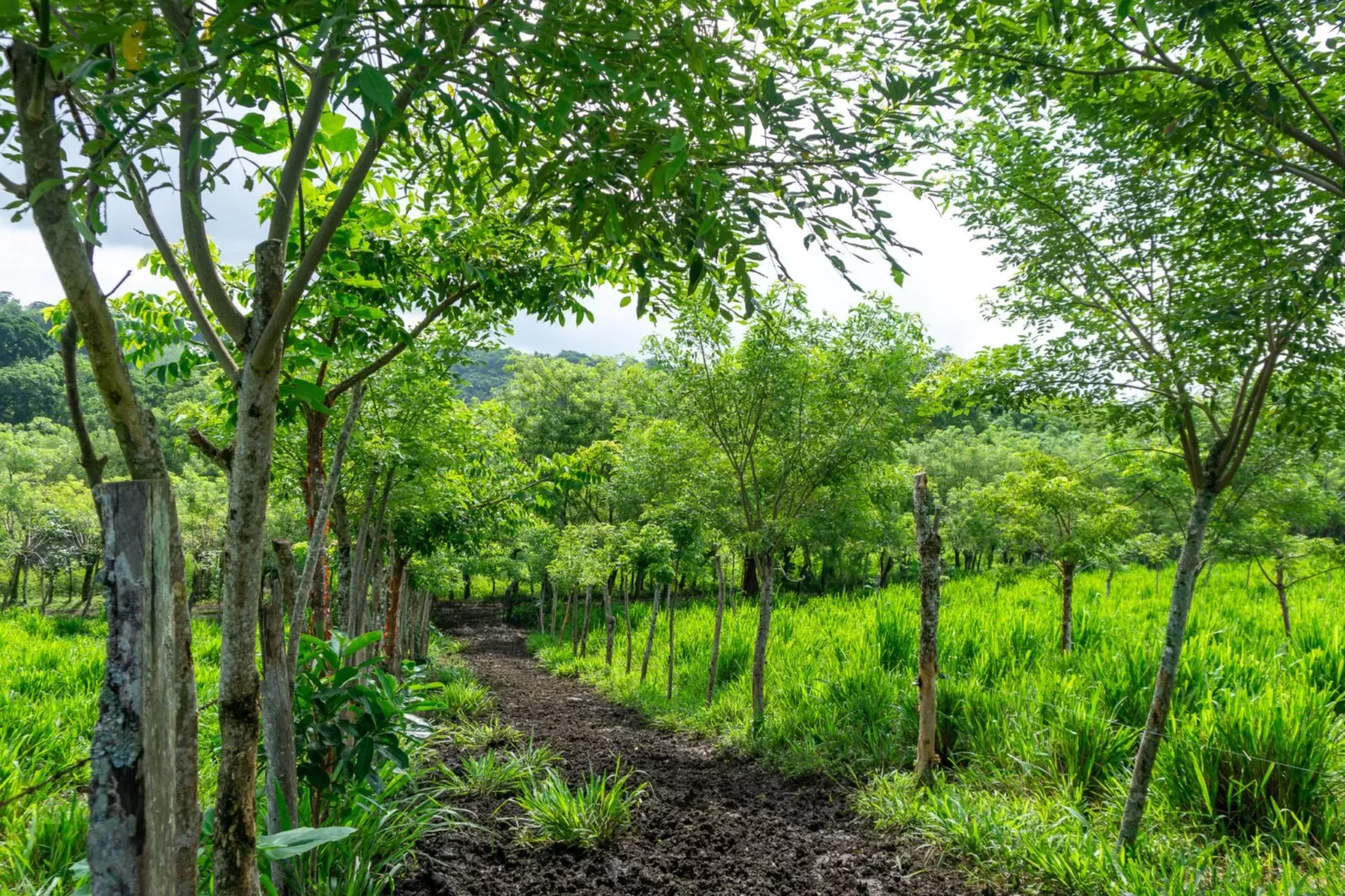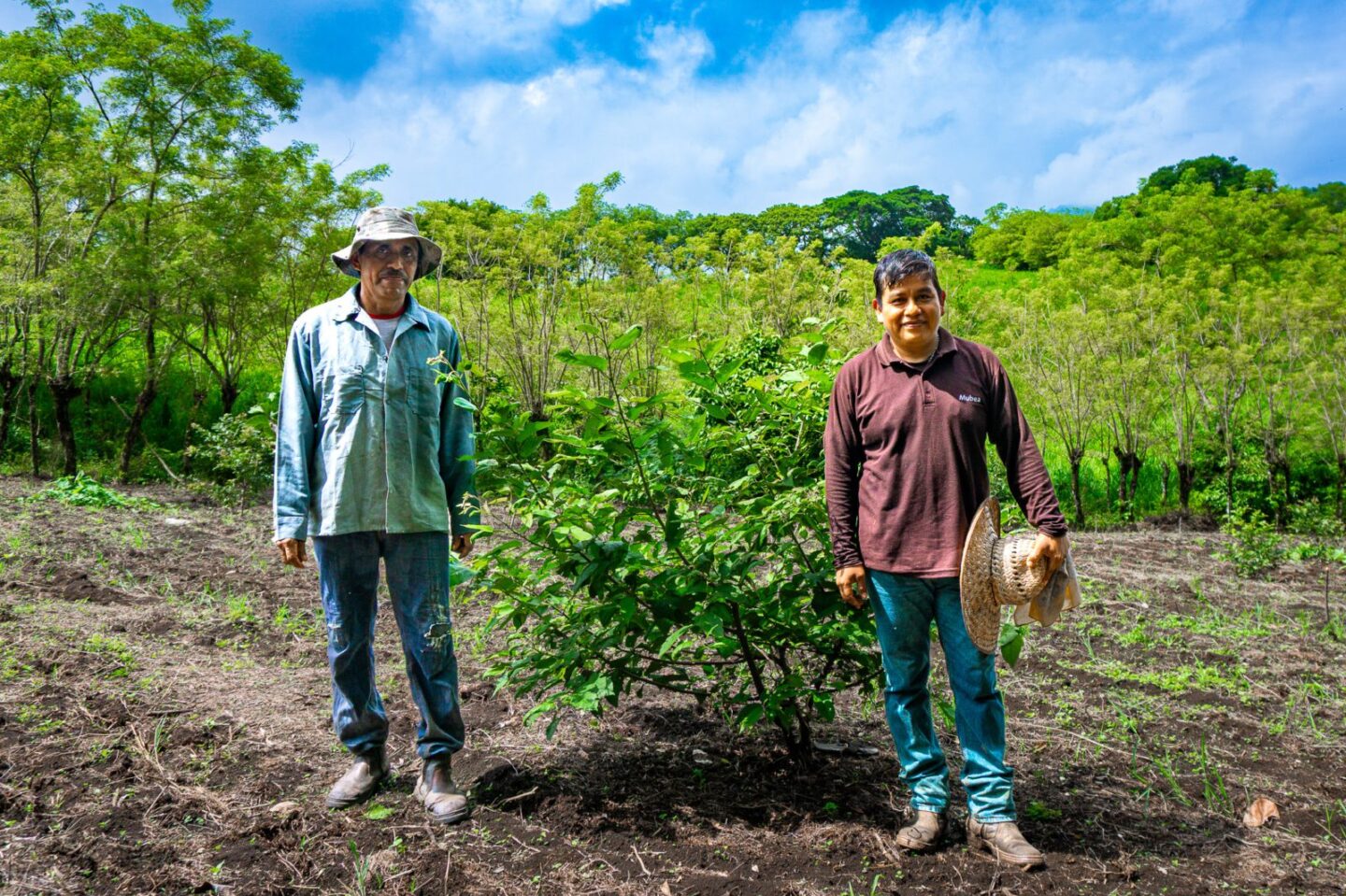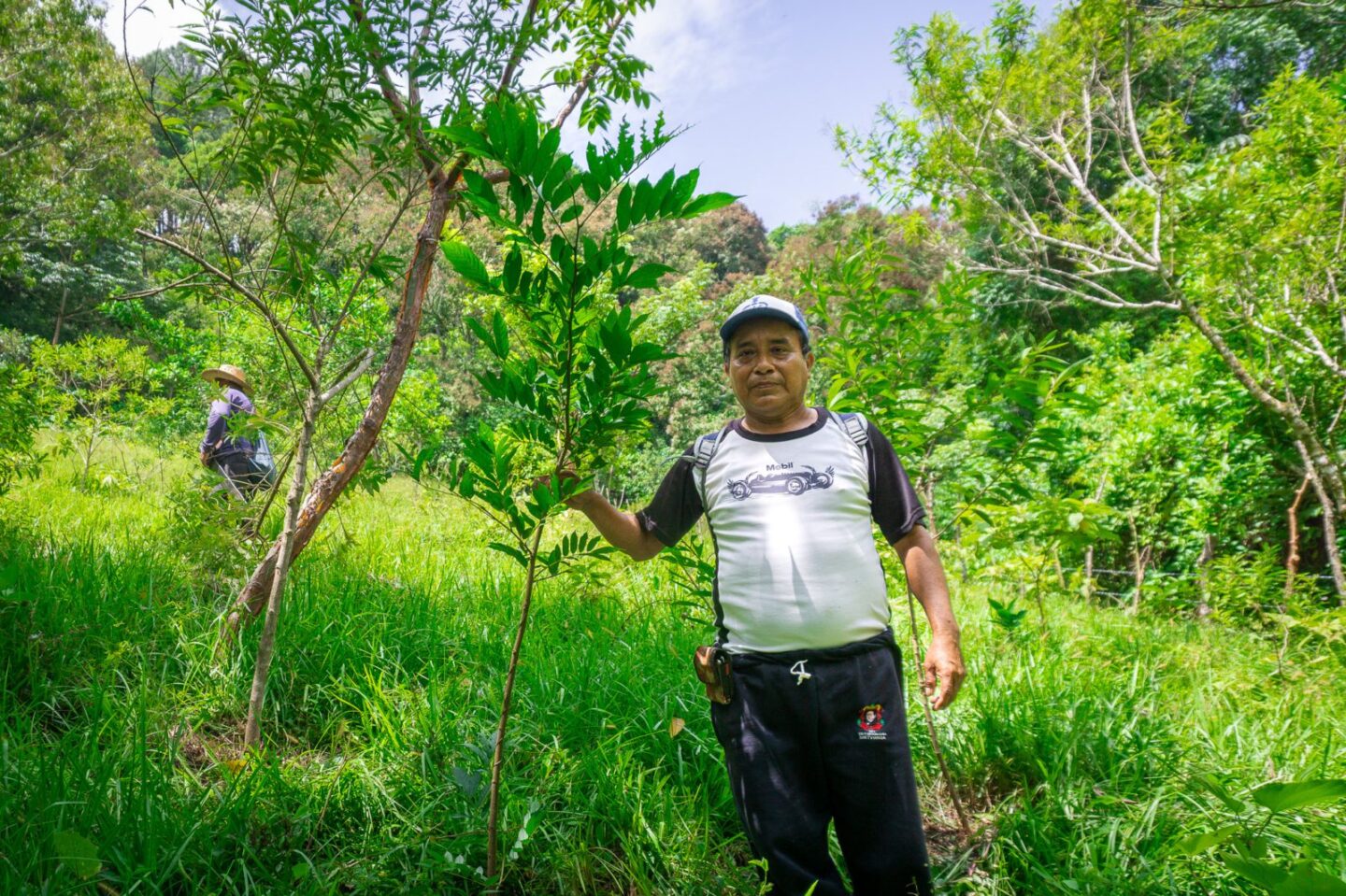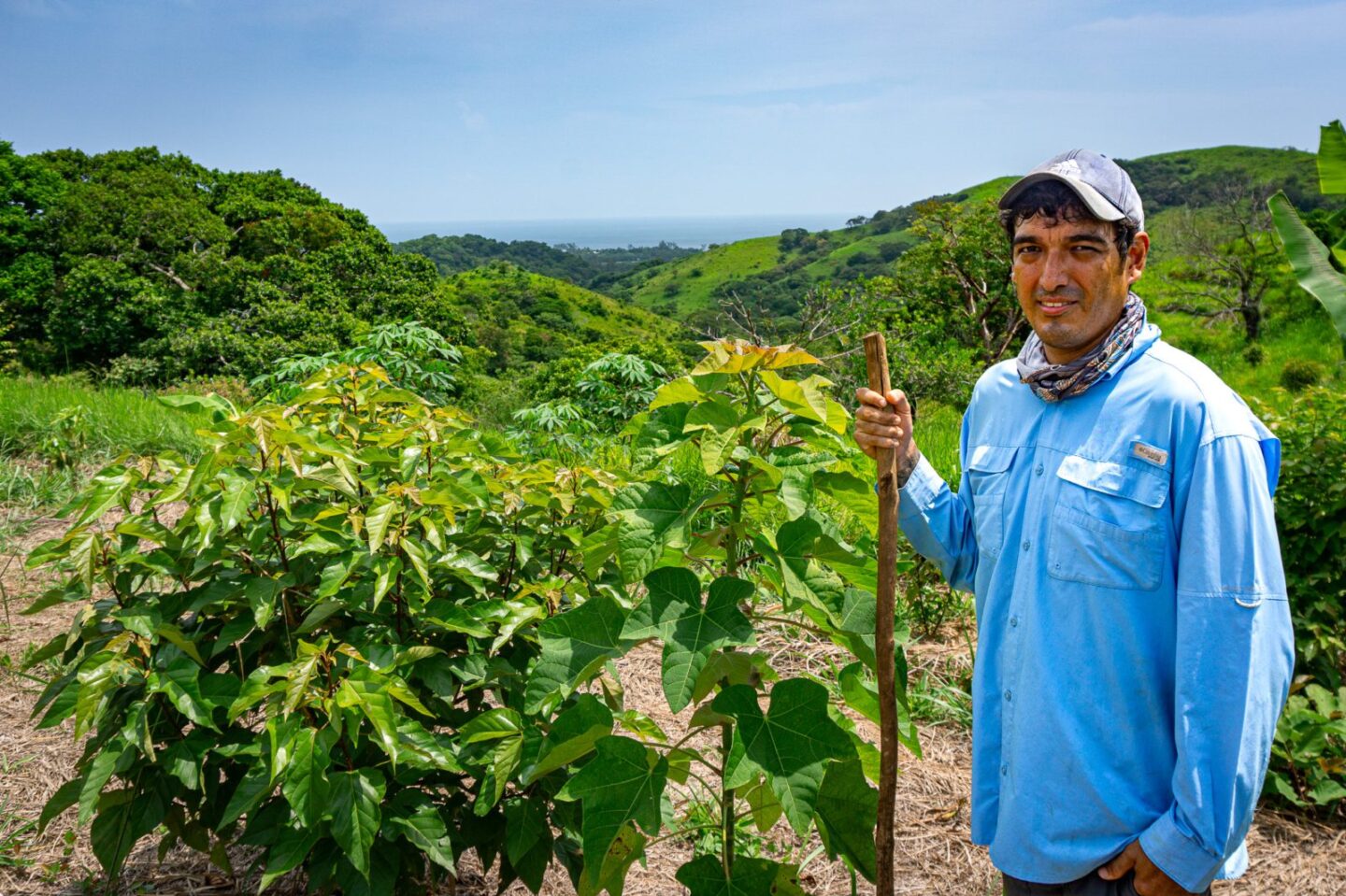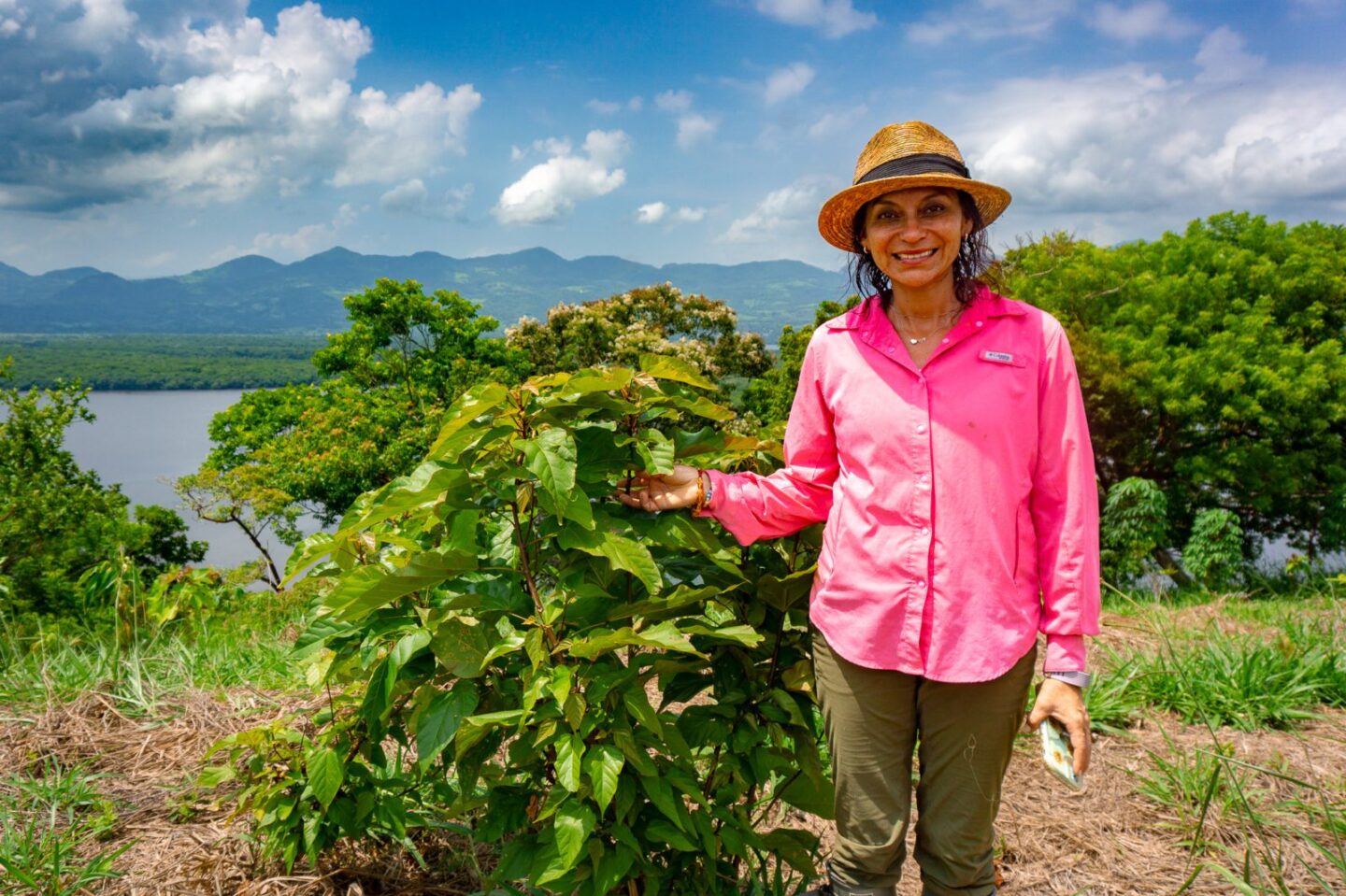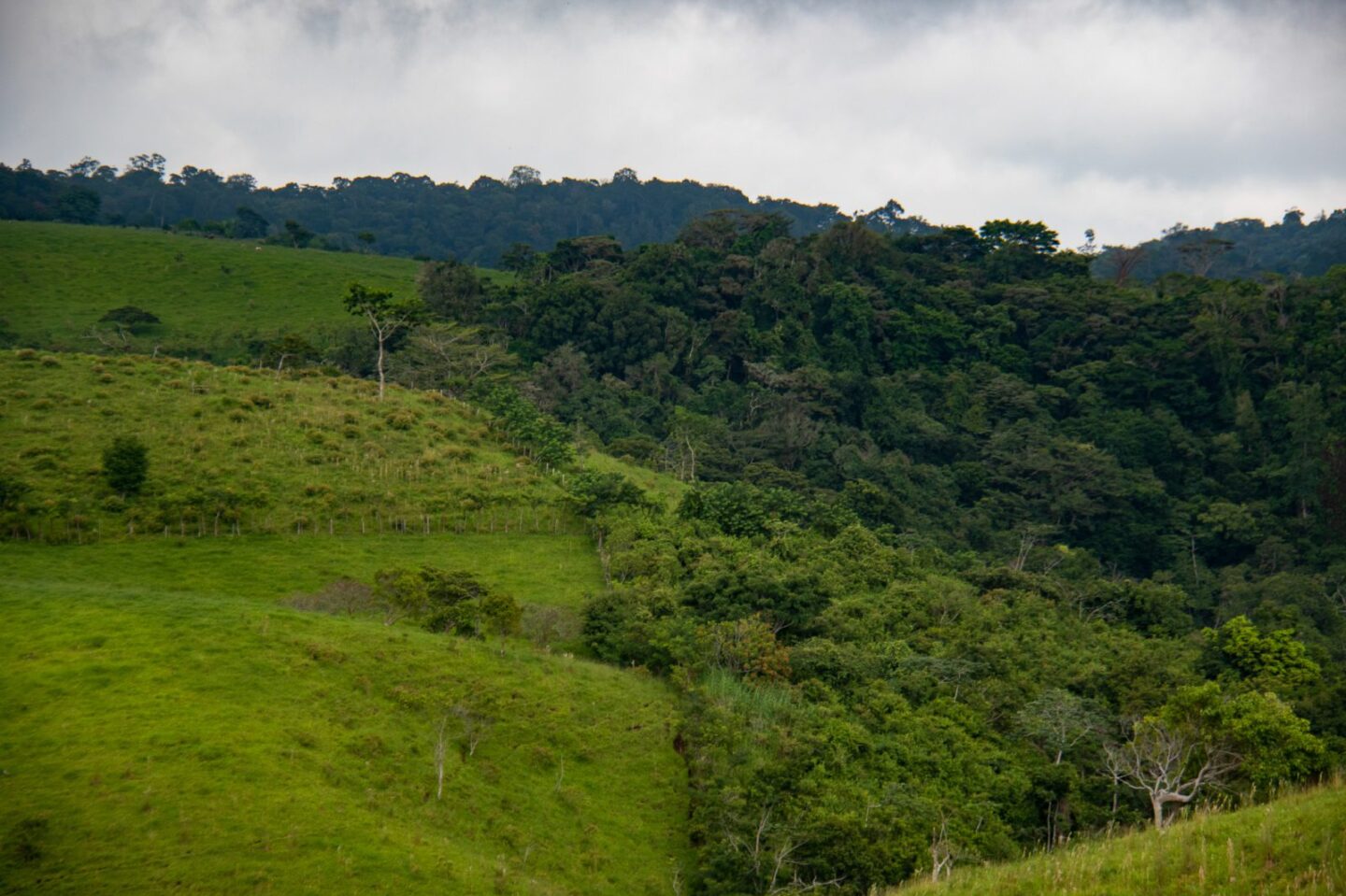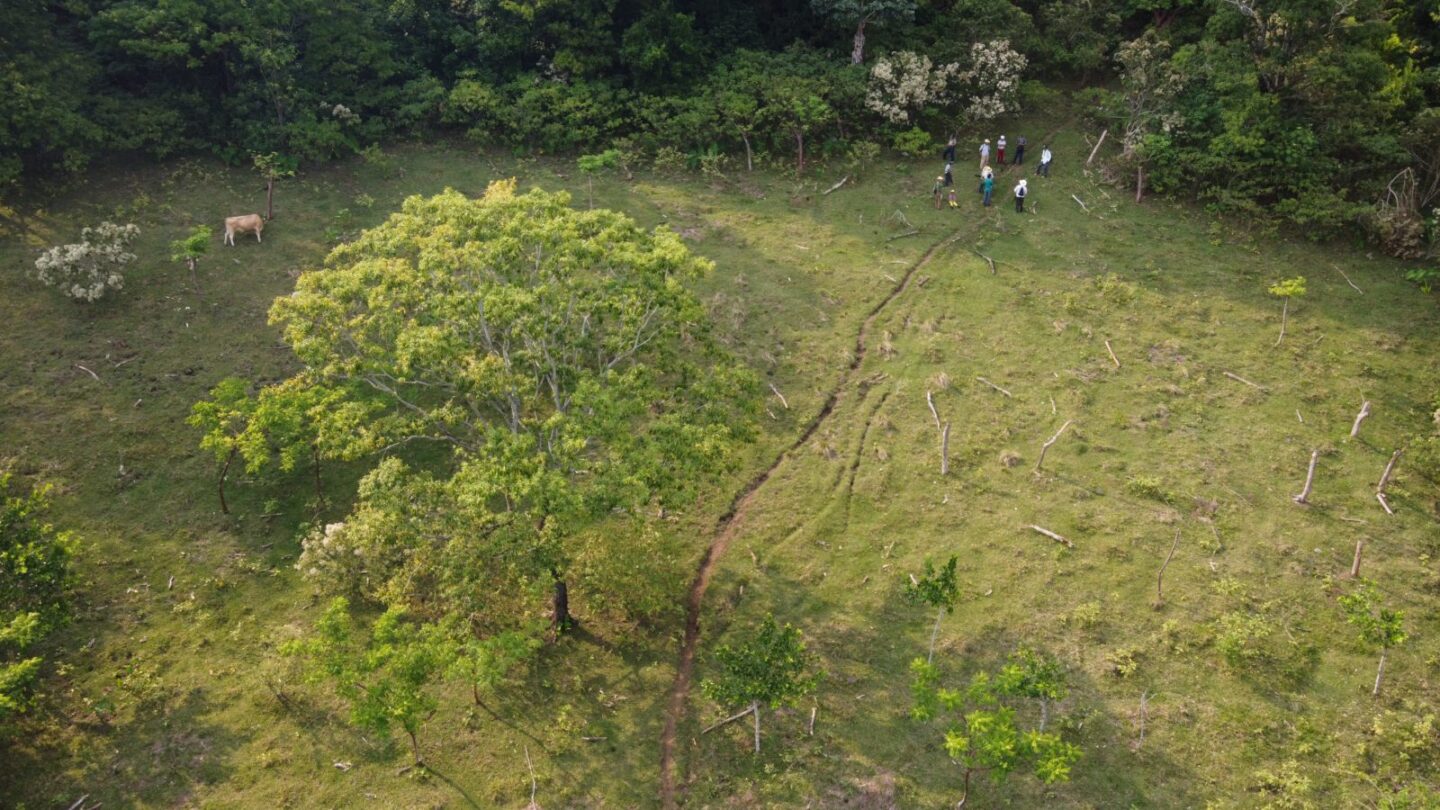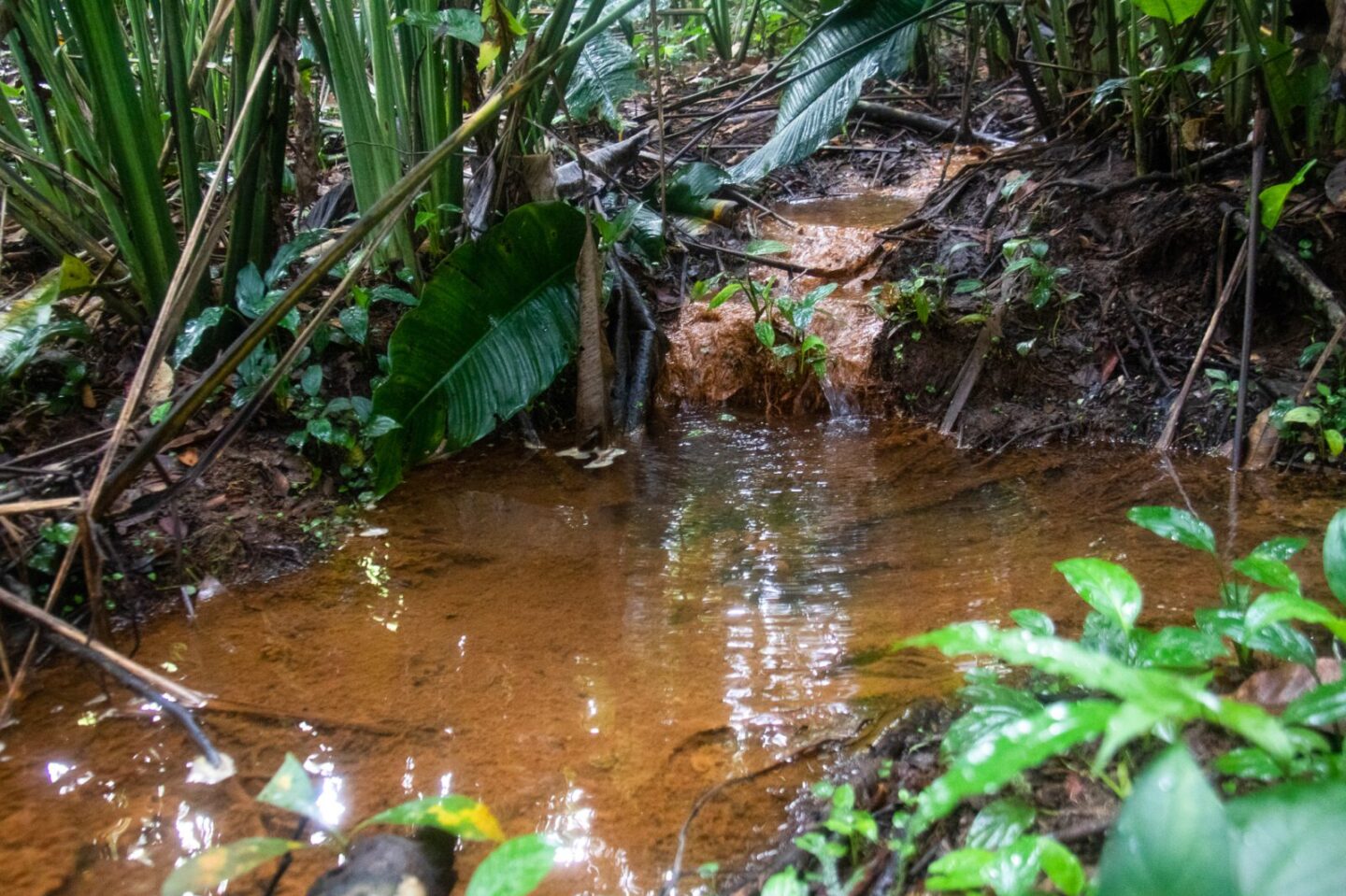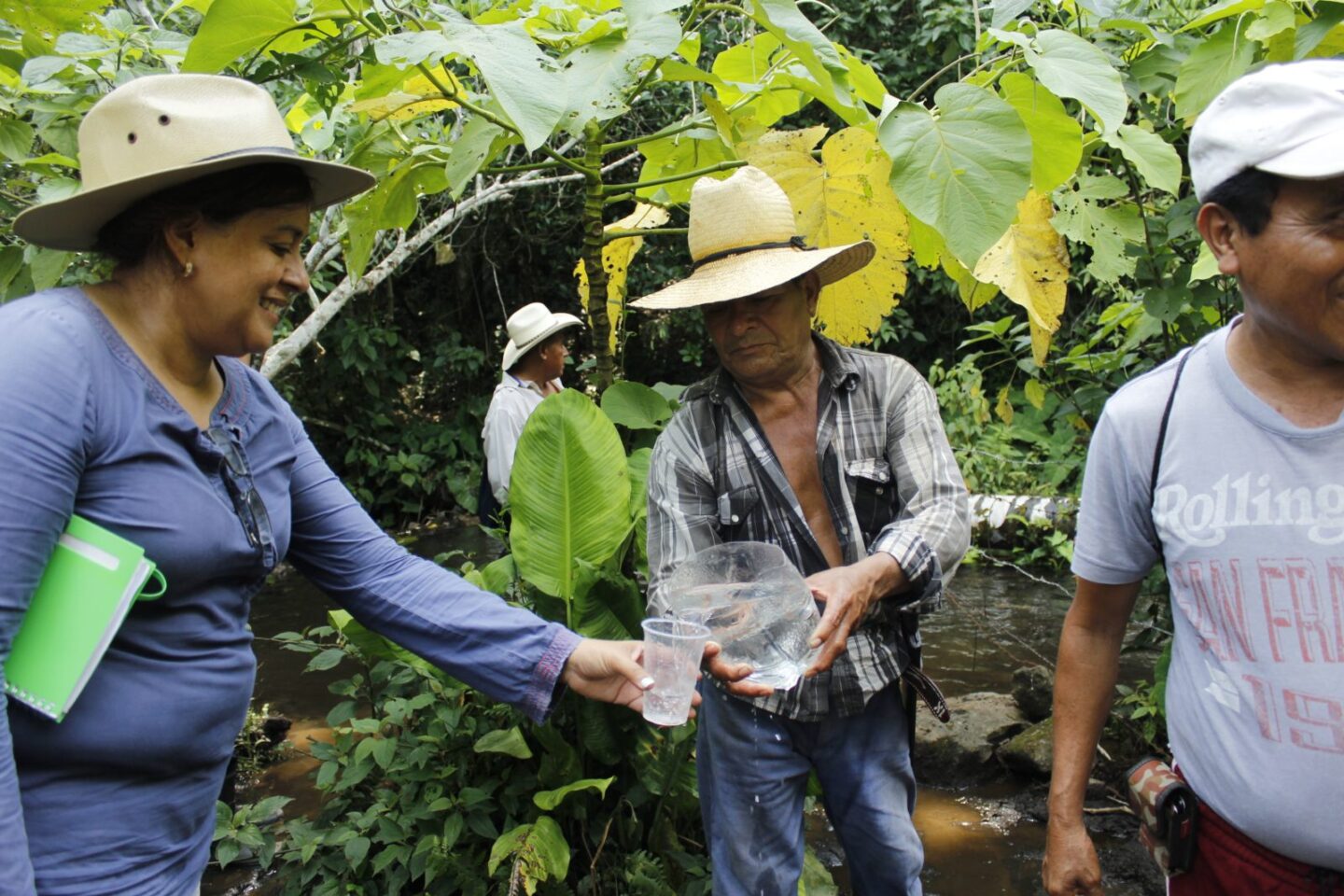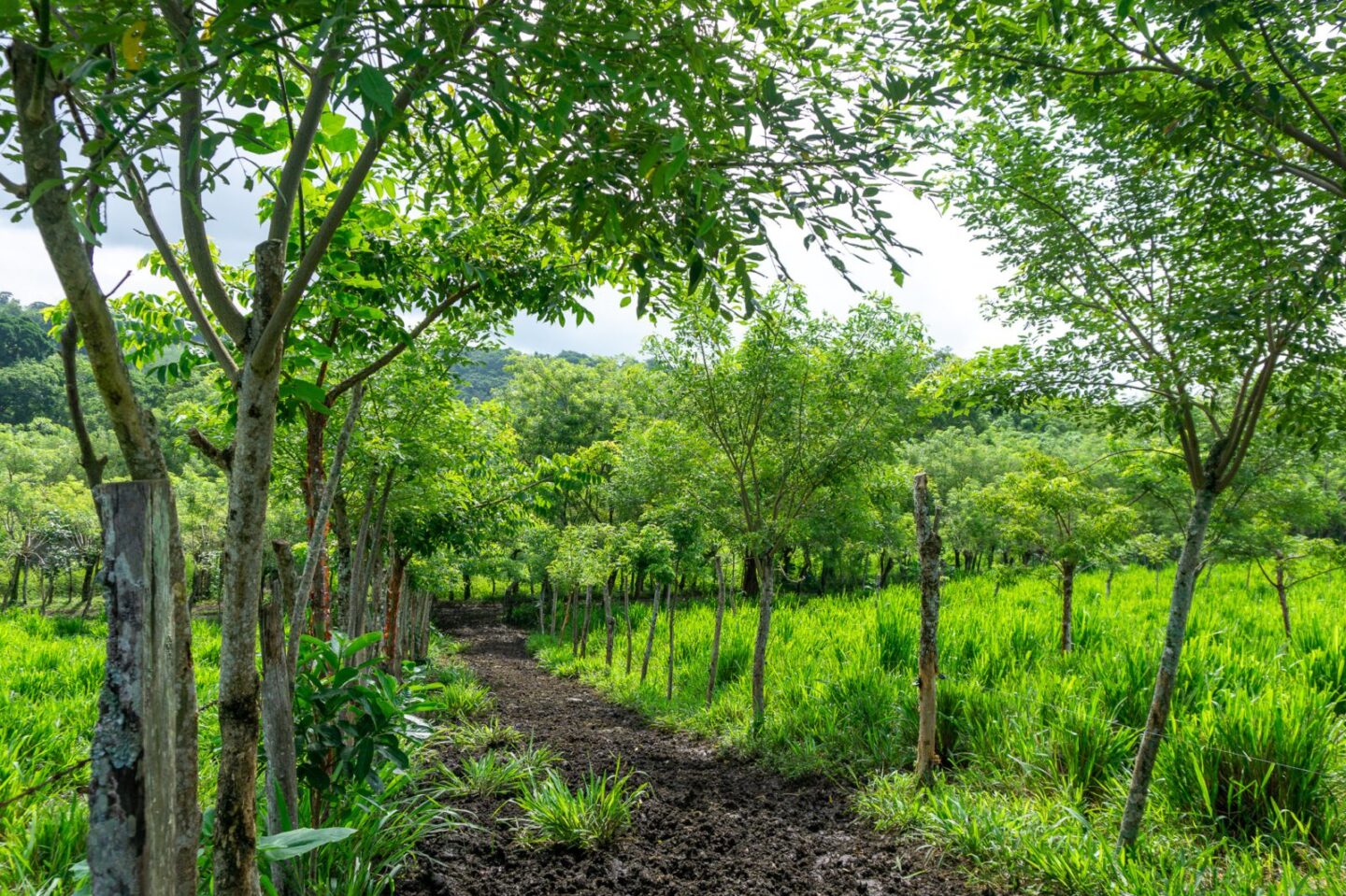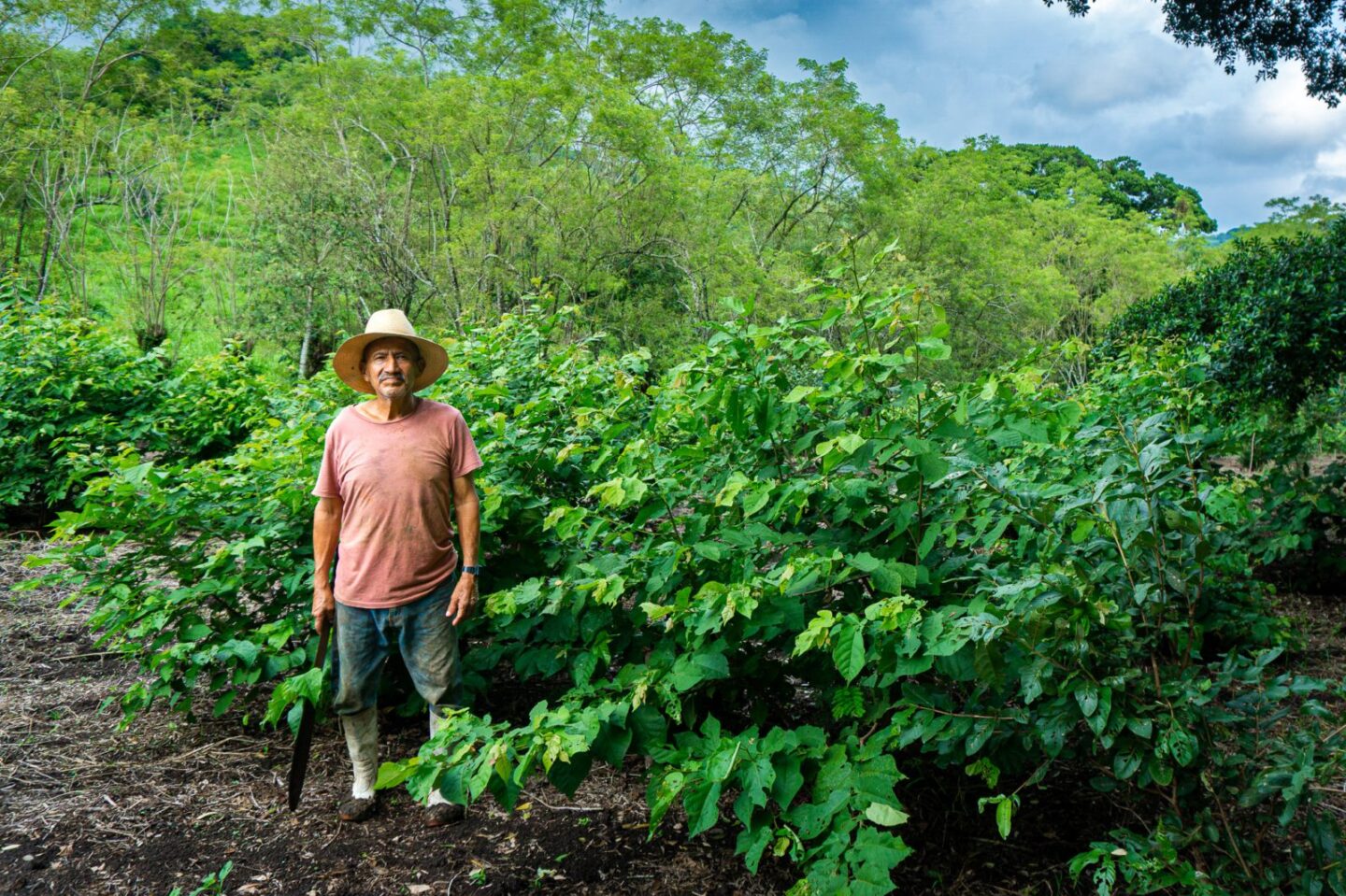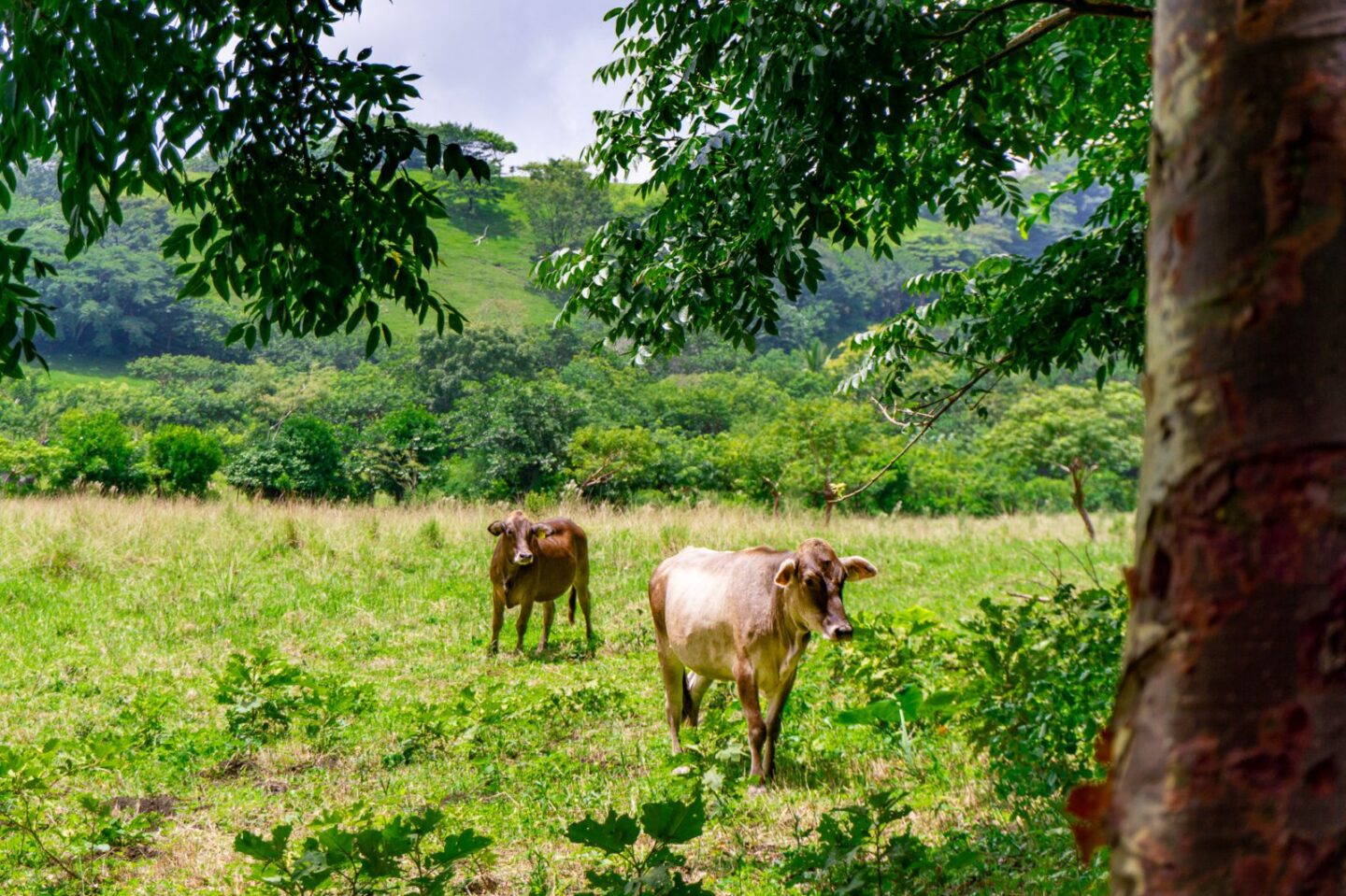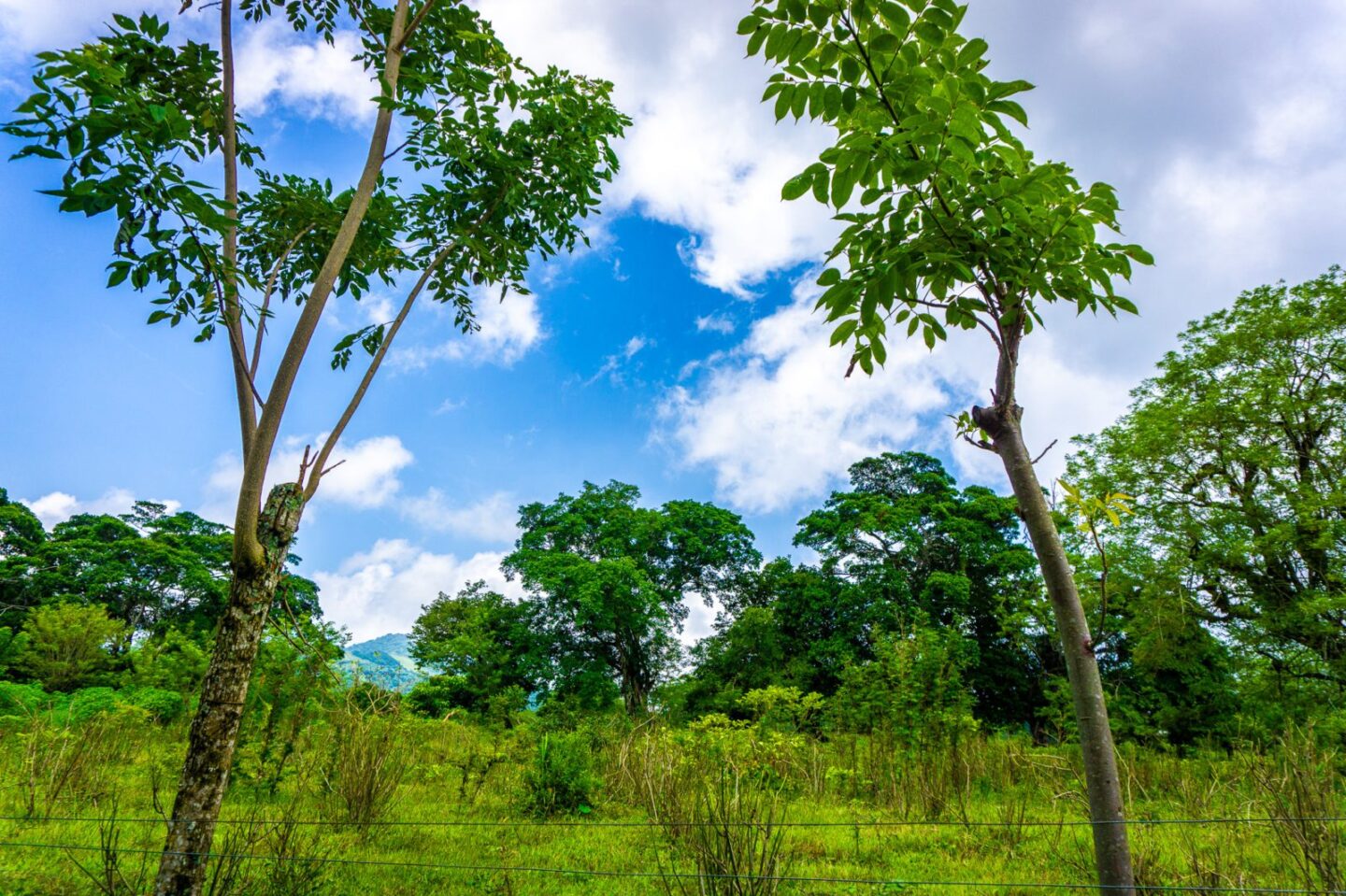Why Los Tuxtlas needs more trees
Los Tuxtlas is a biosphere sanctuary, where agriculture, cattle farming and fishery are allowed within limits. But things have not always been like that. Between 1960 and 2000, cattle farming caused large-scale deforestation and, as a result, about 90% of trees and plants have disappeared from the reserve over the past 40 years.
Deforestation not only causes substantial decrease of unique biodiversity, but also increasing drought, lack of fertile soil and erosion. More and more wells run dry, whereas the people in the sanctuary desperately need them for drinking water and watering crops.
One more problem? Lost nature is hardly able to restore itself, since farmers need relatively large stretches to graze their cattle: roughly 1.5 hectares per cow. What is more, the risk of deforestation grows when farmers wish to keep more cows. Time to break these vicious circles by planting trees and offering alternatives for the farmers!
